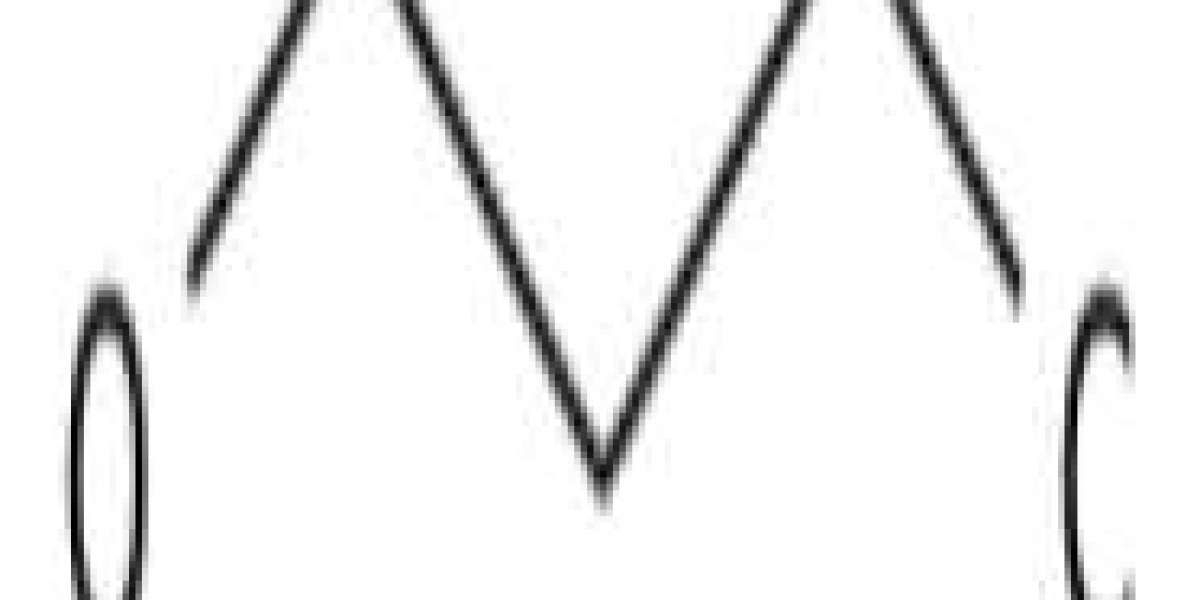1-Butanol is a colorless, flammable, volatile liquid with a sweet to rancid odour, detectable at a threshold of about 0.8 ppm (2.5 mg/m 3 ) (Amoore and Hautala, 1983 ). Russian investigators report an odor threshold of 1.2 mg/m3
National Academies of Sciences, Engineering and Medicine. 1996. Maximum Permissible Concentrations of Selected Air Pollutants from Spacecraft: Volume 3. Washington, DC: National Academy Press.
1-Butanol is used in cosmetics, flavourings, brake fluids, degreasers, insect repellants, and as a solvent in many processes; it is used as an extractant in the production of antibiotics, hormones, hops, vegetable oils, and vitamins (WHO, 1987; Lington and Bevan, 1994). This alcohol occurs naturally as a product of carbohydrate fermentation; therefore, it is found in alcoholic beverages, fruit, cheese, and various other foods (Brandt, 1987). Air samples from mobile homes have been reported to contain 1-butanol at a frequency of about 50% at concentrations as high as 0.08 mg/m3 (Connor et al., 1985). 1-Butanol was found in approximately one-third of air samples from recent space shuttle flights, in concentrations ranging from 0.01 to 1 mg/m3 (James et al., 1994). The major source of this compound in the atmosphere of a spacecraft is the exhaust of flight hardware; however, a small fraction (approximately 1 mg/day per person) may come from human metabolism.
National Academies of Sciences, Engineering and Medicine. 1996. Maximum Permissible Concentrations of Selected Air Pollutants from Spacecraft: Volume 3. Washington, DC: National Academy Press.








